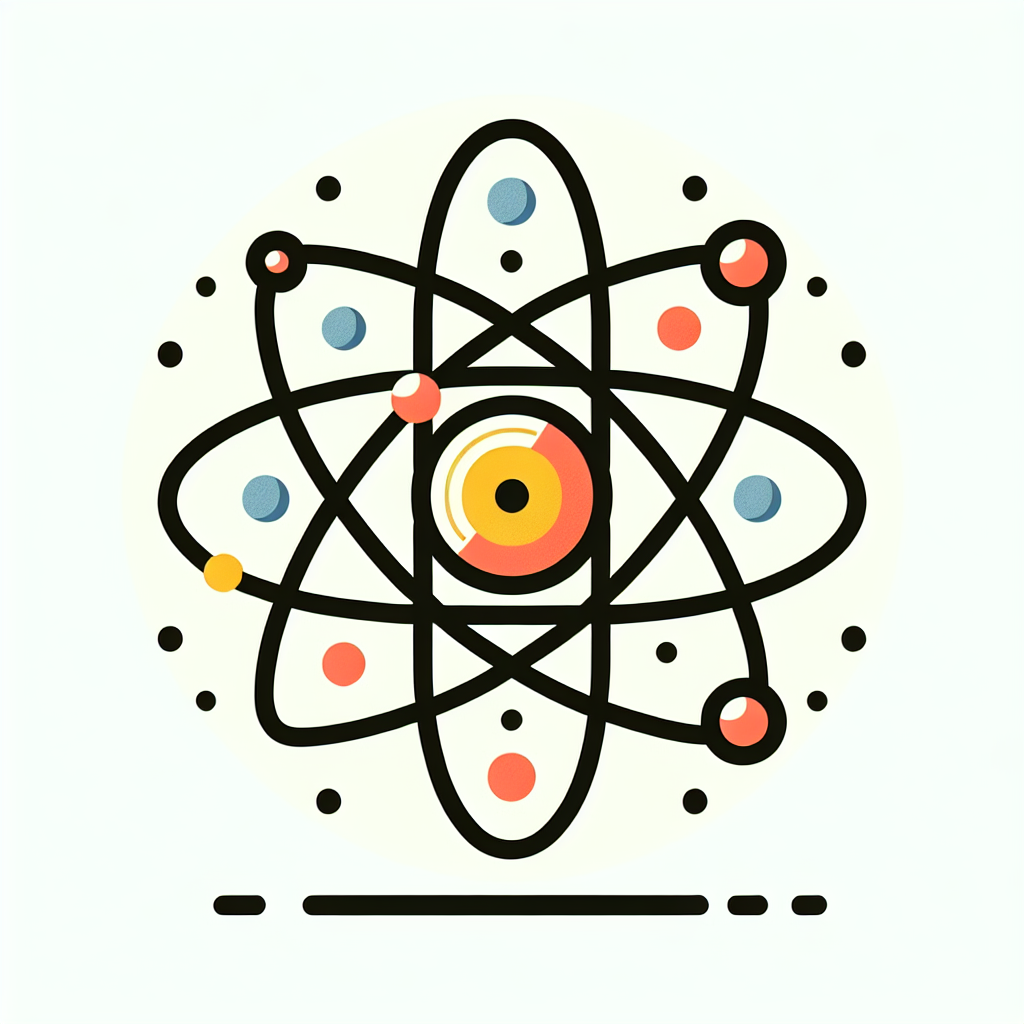
Nuclear Structure
Nuclear structure refers to the arrangement of protons and neutrons inside an atom's nucleus. Protons carry a positive charge while neutrons are neutral. Their interactions, governed by nuclear forces, determine the atom's characteristics and stability. The number of protons identifies an atom (i.e., one proton means hydrogen, two protons means helium, etc.) while the number of protons and neutrons combined, known as the atomic mass number, relates to the atom's weight. Studying these structures helps understand the atom's nature and its importance in scientific efforts such as energy production, medical applications, and research.
Additional Insights
-

Nuclear structure refers to the arrangement and behavior of protons and neutrons within an atomic nucleus. Protons carry a positive charge, while neutrons have no charge, and together they form the core of an atom. The number of protons determines an element’s identity, while neutrons influence its stability. These particles are held together by a strong nuclear force, overcoming the repulsion between positively charged protons. Understanding nuclear structure is crucial for explaining phenomena like radioactivity, nuclear reactions, and the behavior of elements in the universe.
-

Nuclear structure refers to the arrangement and interactions of particles within an atomic nucleus. The nucleus is made up of protons, which carry a positive charge, and neutrons, which have no charge. Protons and neutrons are held together by a powerful force called the strong nuclear force. The number of protons determines the element, while the number of neutrons can vary, leading to different isotopes of the same element. Understanding nuclear structure helps explain phenomena like radioactivity, nuclear reactions, and the stability of elements, playing a crucial role in fields like chemistry, physics, and medicine.